March 10-16, 2024
On wings of expectation
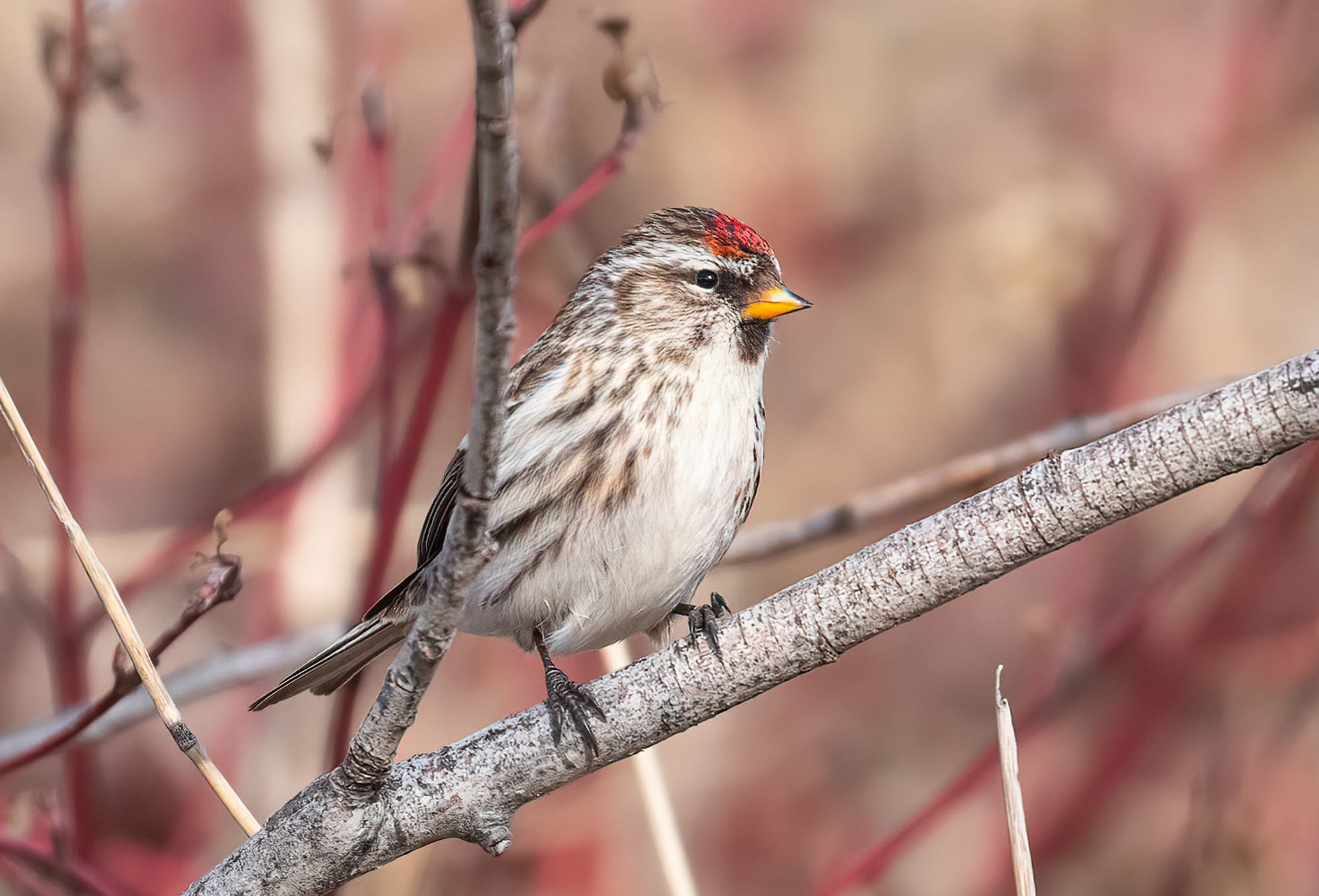
We're finally breaking the spell of winter, and there's a sparkle in the air as things start to shift into spring with accelerating speed.
Week in Review
This mostly sunny and warm week felt fantastic! It also prompted a bit of panic because it's hard to miss a moment of sunshine while there are still so many winter projects to wrap up around the house!
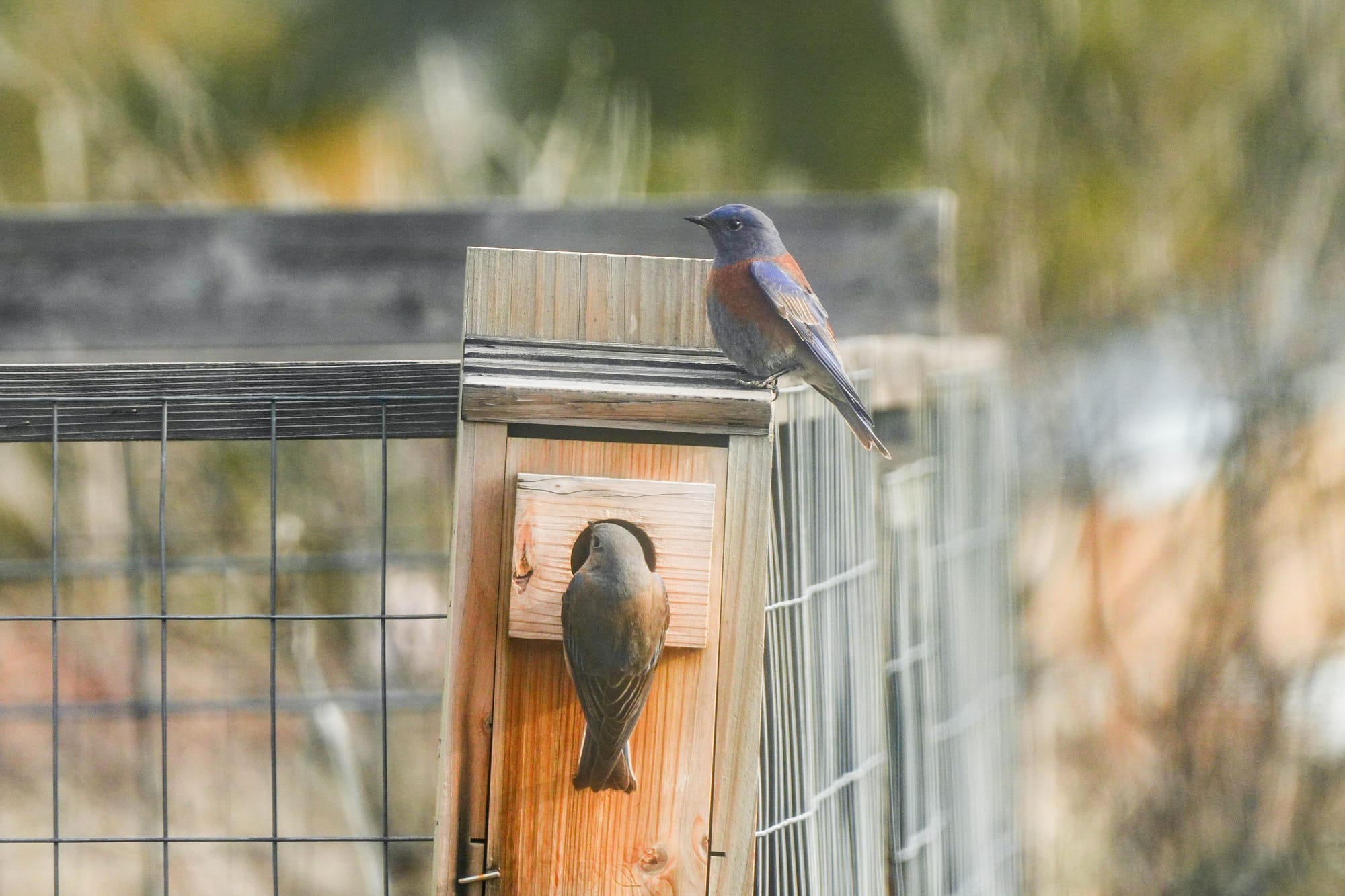
Although flowers haven't quite arrived in the middle and upper portions of the valley, they have begun blooming in the lower valley. Sagebrush buttercup appears to be starting this grand floral parade, with bluebells and prairie stars close behind. [Check out my short video about sagebrush buttercups at the end of the newsletter.]
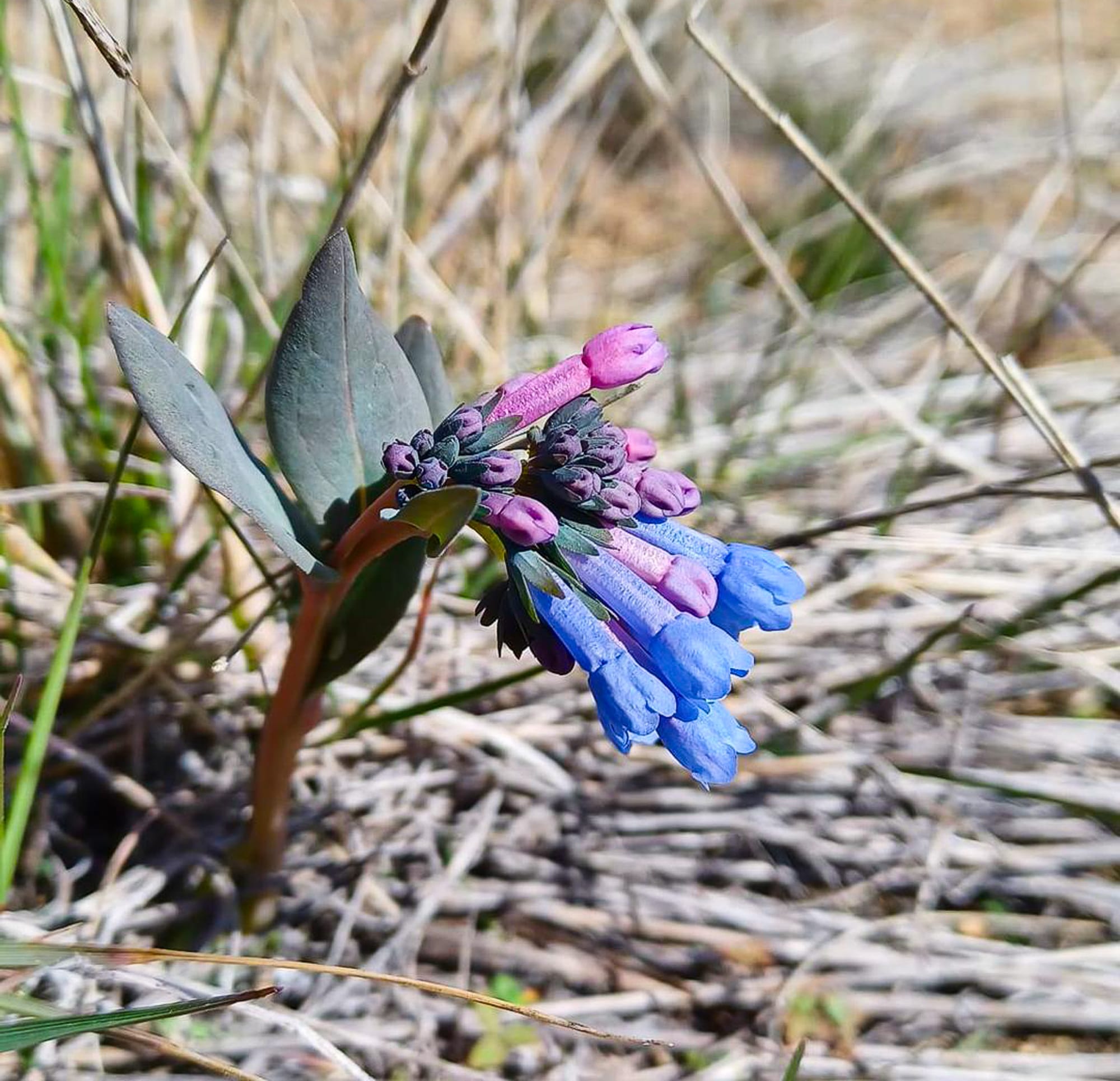
One thing that people have been noticing are damaged upper leaves on one of our common forest shrubs known as tobacco brush (or snowbrush). This is likely a sign that winter's low snowpack left many leaf-covered branches of this evergreen shrub exposed to below-freezing temperatures. It will be interesting to watch and see if these branches die back or sprout new leaves.
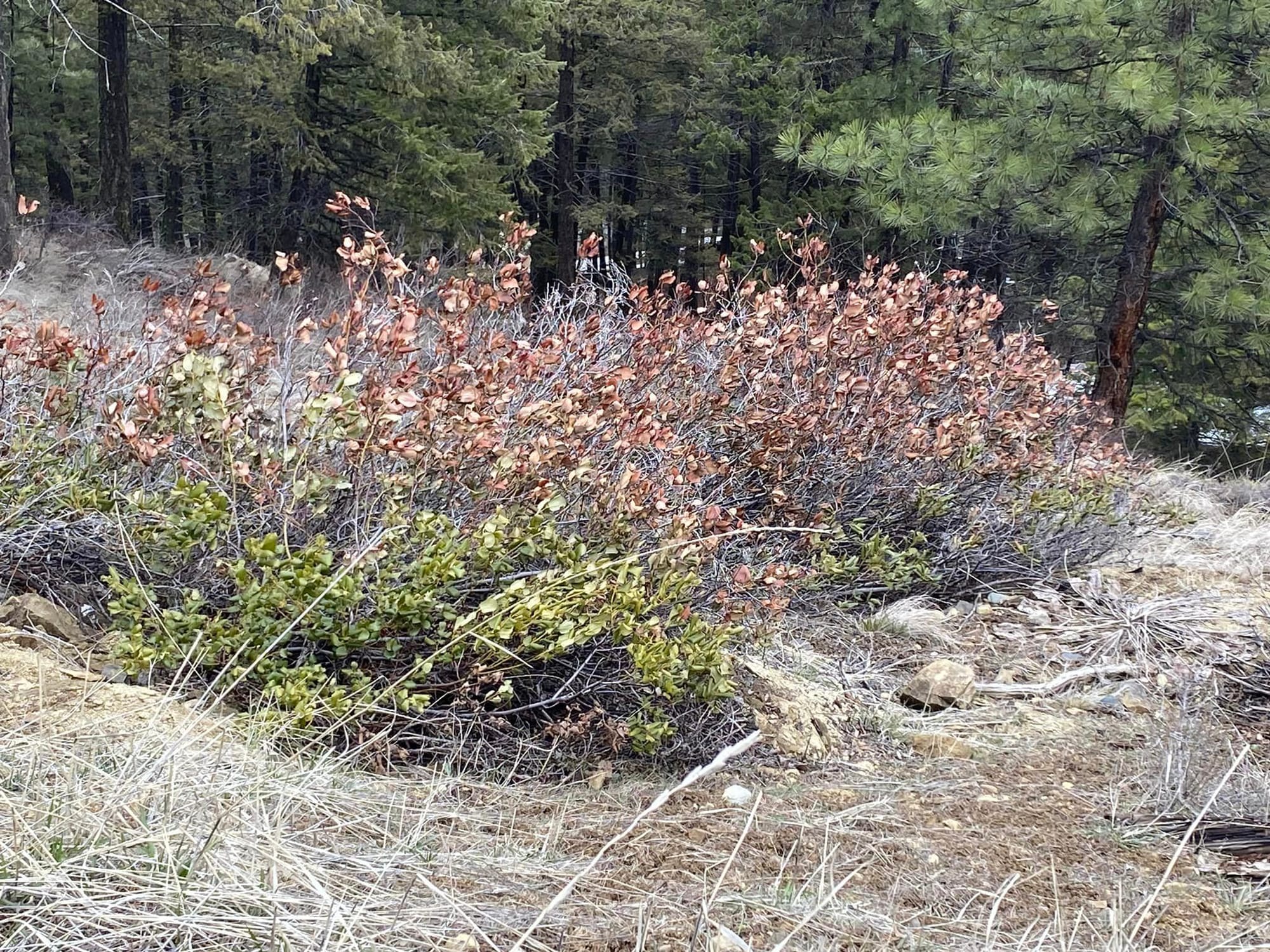
Have you seen any insects yet? We had our first fly of the year buzz in and then out of the house, and a few orangish butterflies are zipping around. Can it be long before someone finds the first mosquito?!
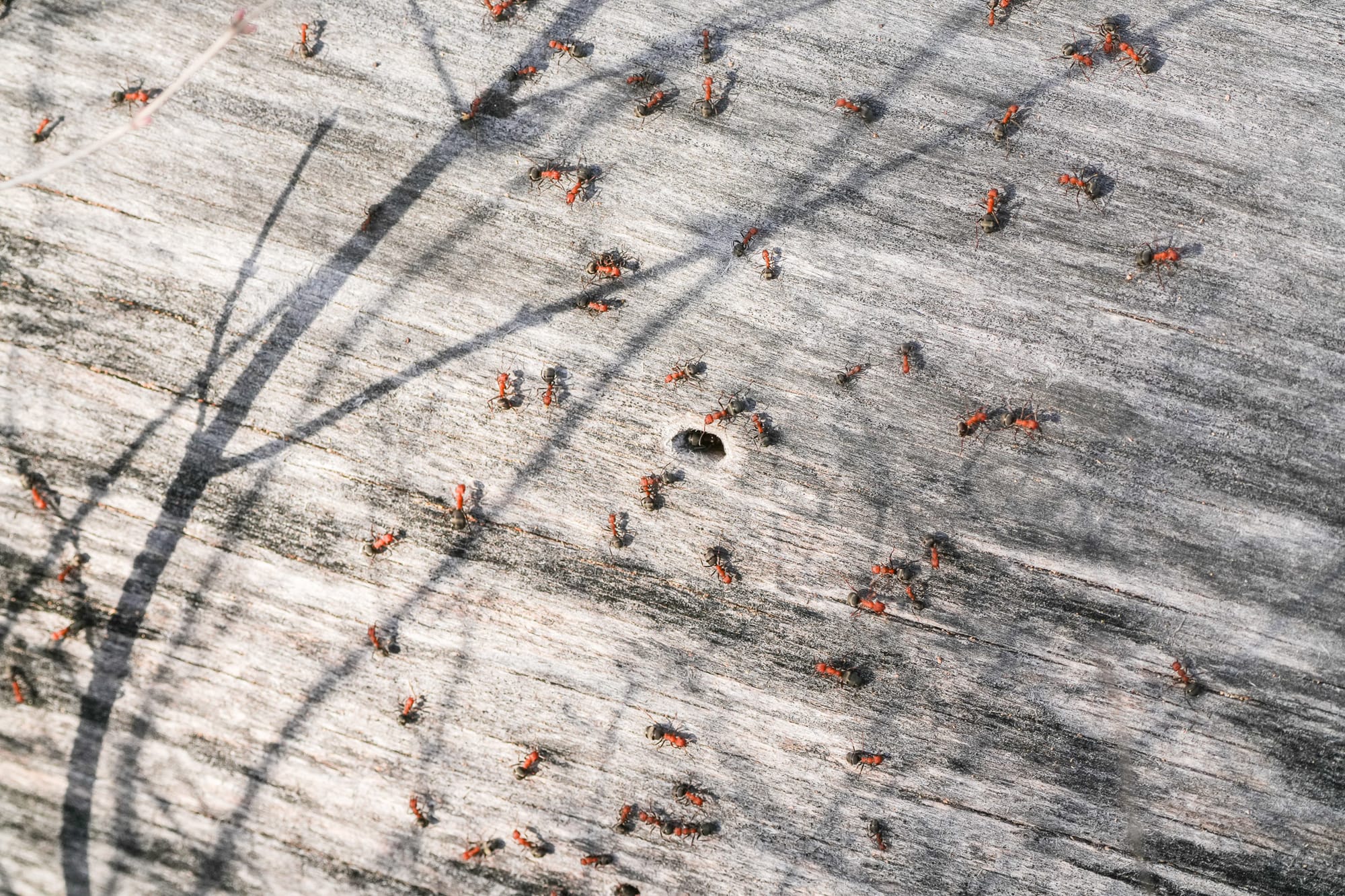
These western thatching ants have been overwintering in a rotten log and were emerging on a warm day to begin building their characteristic nest. Their nests are made of small pieces of grass stems, needles, and bits of wood and eventually become towering mounds that can reach several feet high. Over the winter, these ants safeguard aphids in their burrows, and then when plants leaf out, they move aphids onto new leaves for the summer (aphid honeydew is a staple item in an ant's diet).
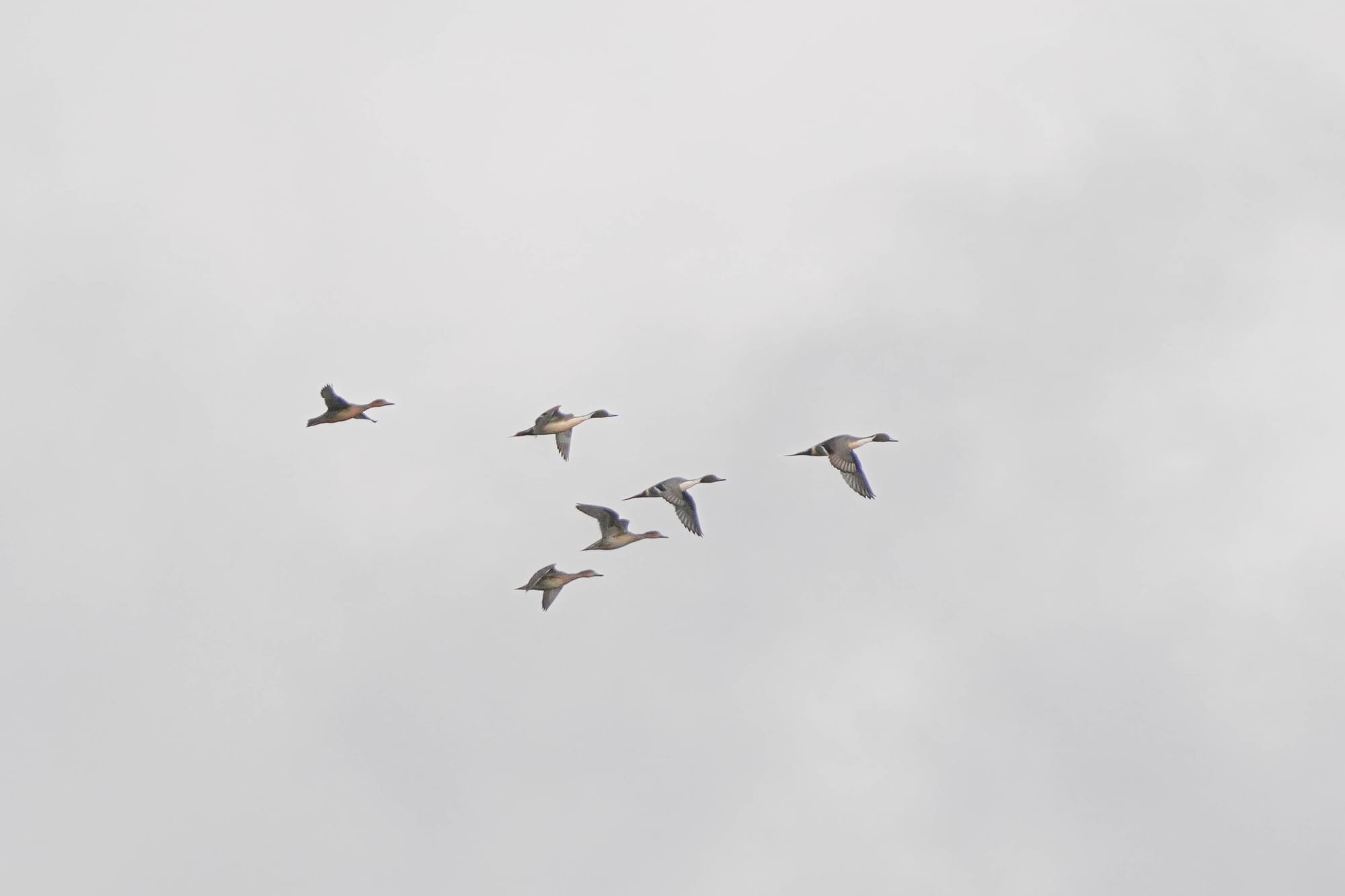
This has been a fun week for birdwatching. At the beginning of the week, I finally spotted what I would call our first migrating ducks, a group of six northern pintails. By the end of the week, it felt like even more ducks were making an appearance, along with a single ring-billed gull that promptly continued flying north.
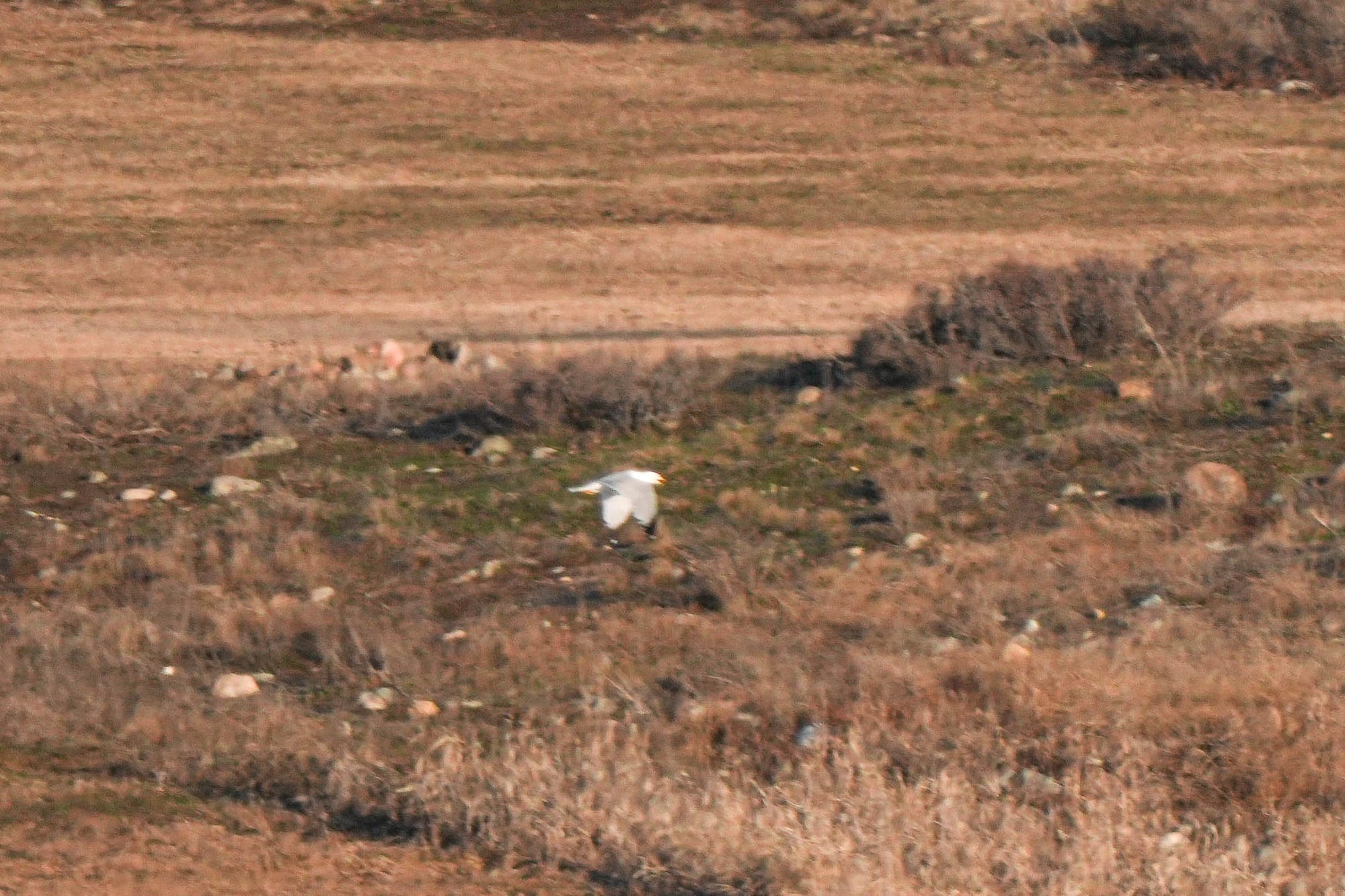
Although the beaver pond at the Chickadee Trailhead remains frozen, this hasn't stopped five pairs of Canada geese from claiming nesting territories as they wait for the ice to melt. These are the much larger moffitti subspecies that breed in the Methow Valley, and the pairs are widely spaced along the shoreline. At one point, a coyote joined them on the ice and spent about 10 minutes yipping up a storm, and it was fascinating to see that the geese weren't concerned and in fact the closest goose even sat down on the ice and preened itself!
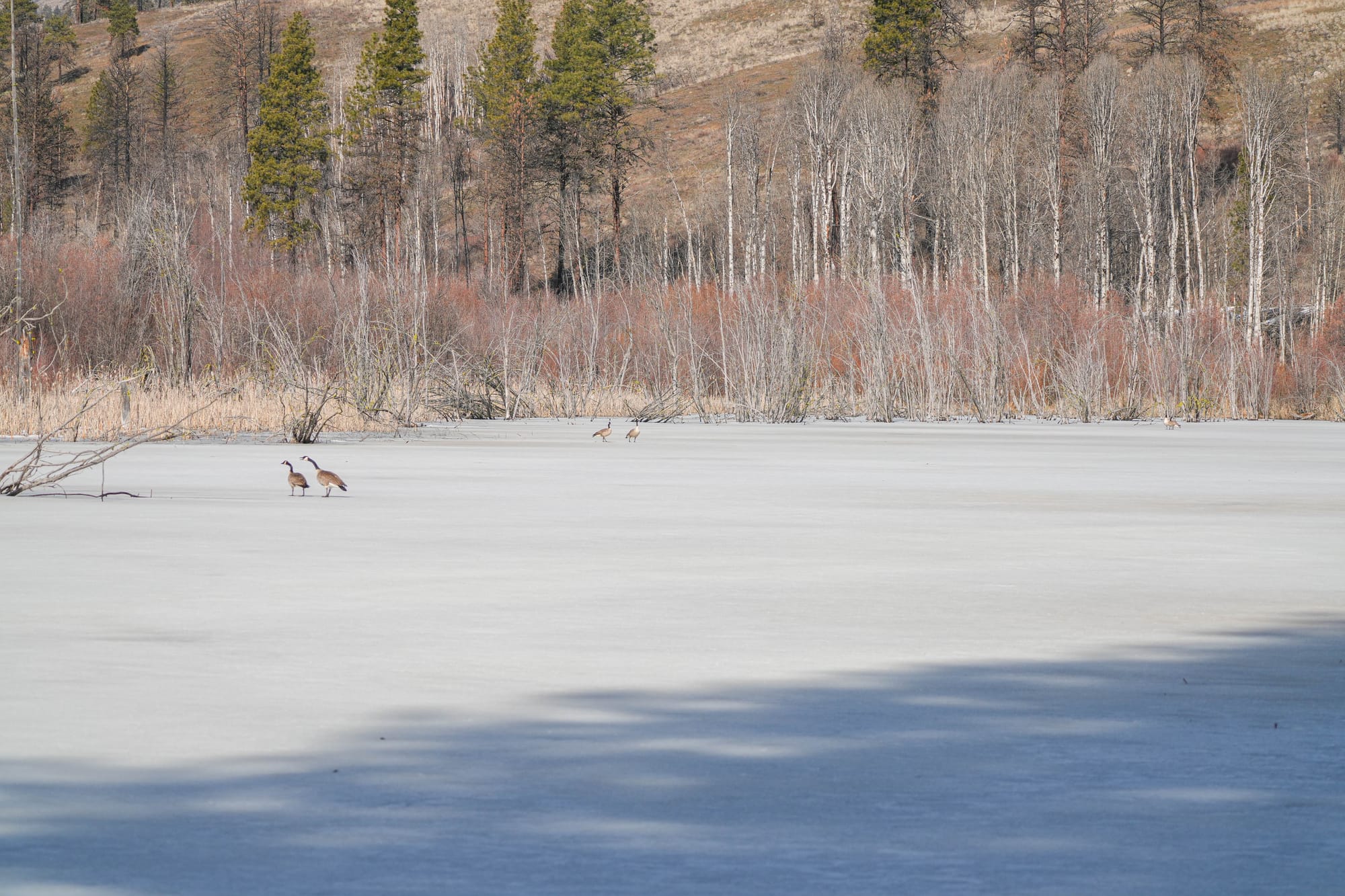
Finally, it's incredible that right now we have flocks of hundreds of common redpolls hanging out around the giant cottonwood trees at Lloyd Ranch, across from Pearrygin Lake. These arctic birds live in northern Canada and Alaska, and only occasionally venture south in the winter, so it's astonishing to see flocks this large and this late in the year. They also don't pay us much attention, so if you stand quietly you might end up right next to them!
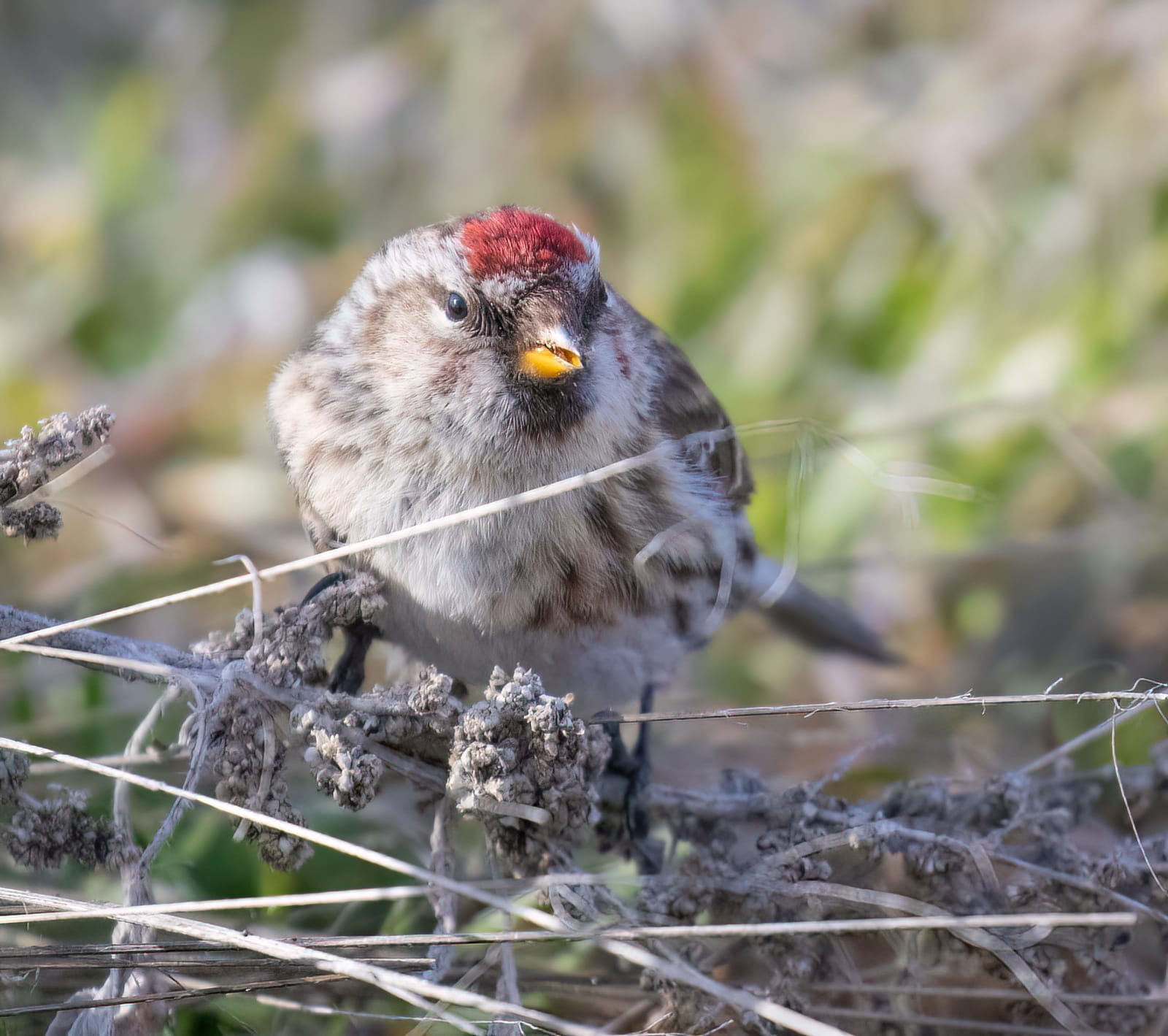
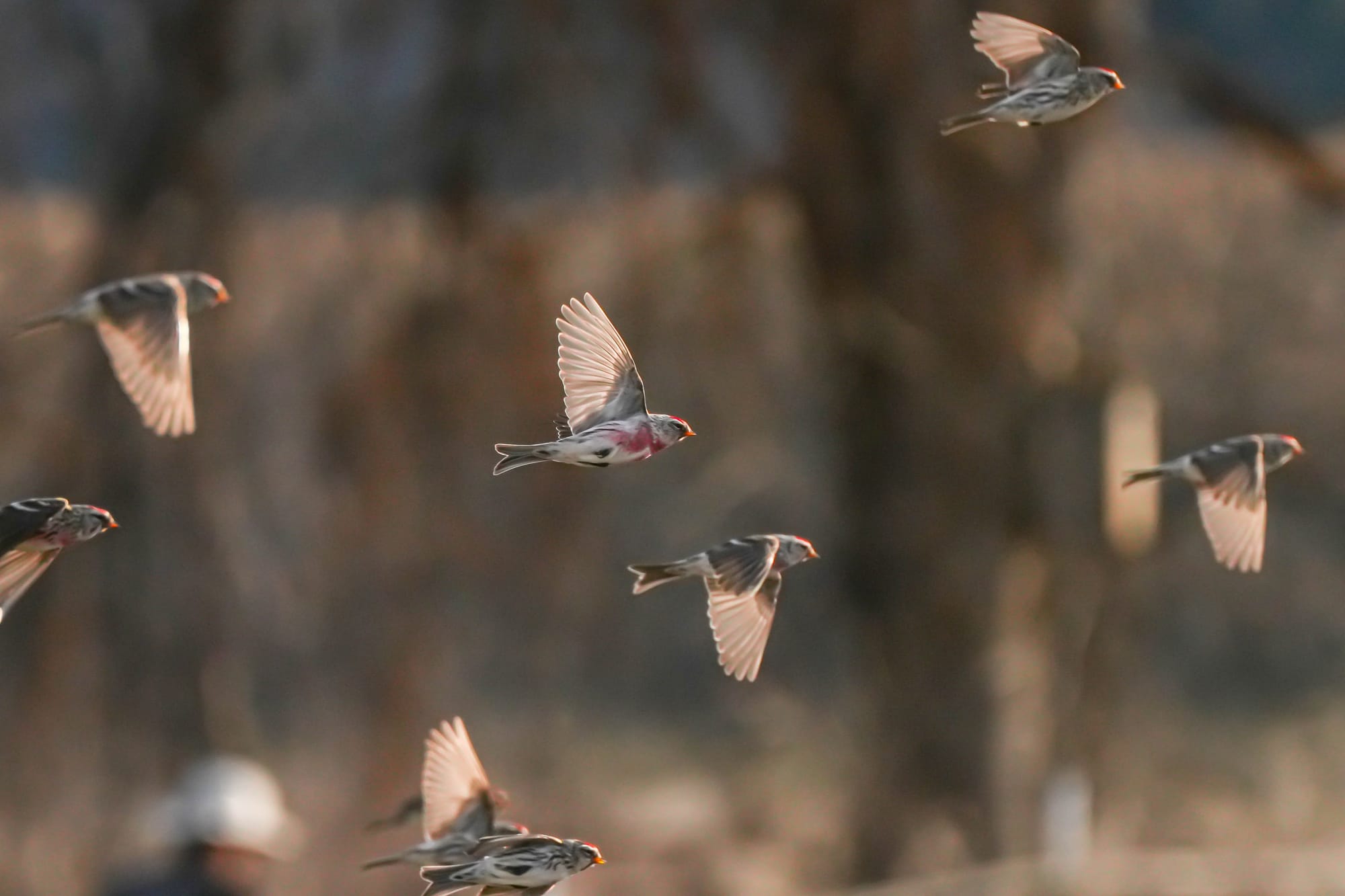
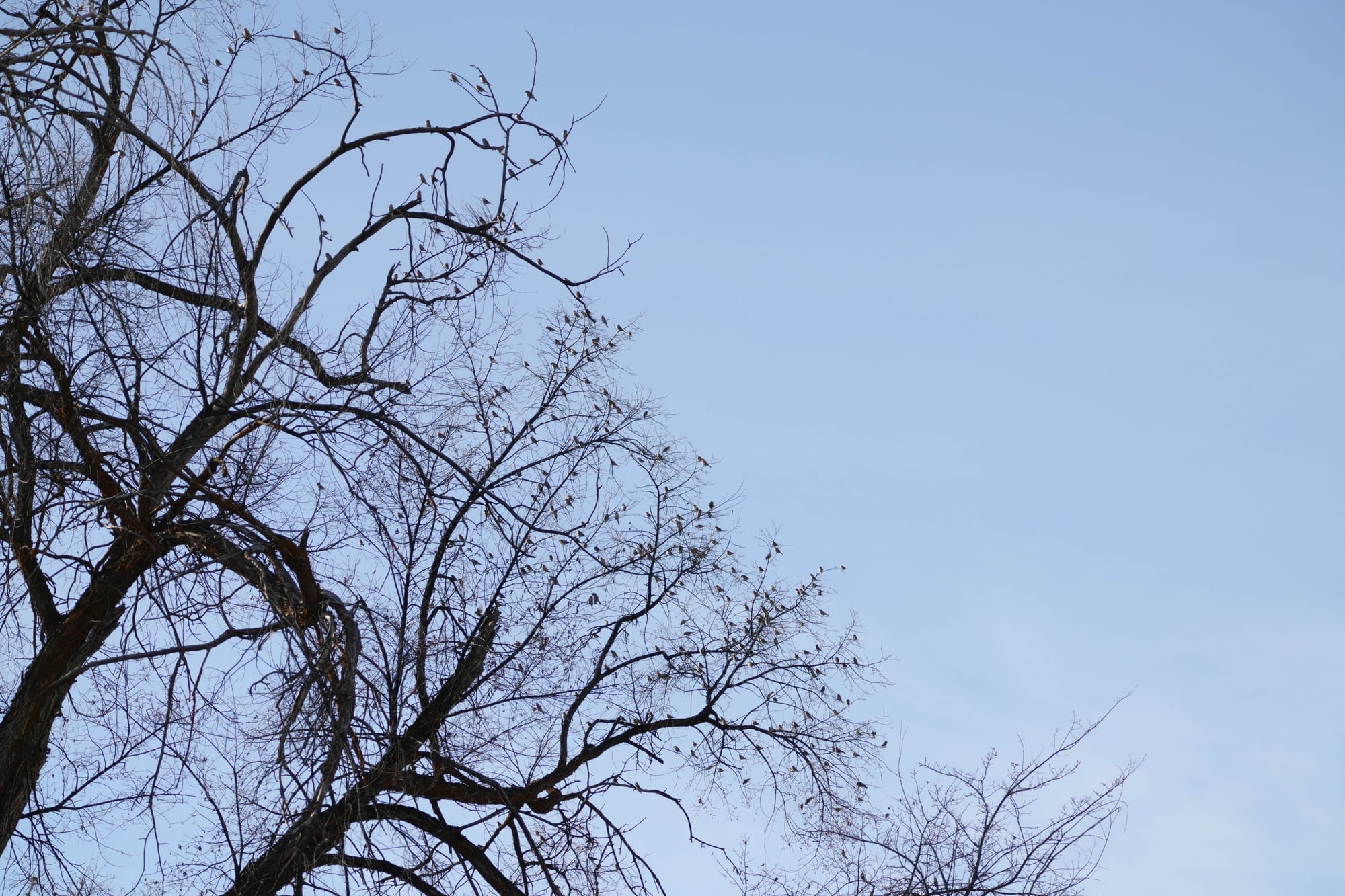
Observation of the Week: Catkins
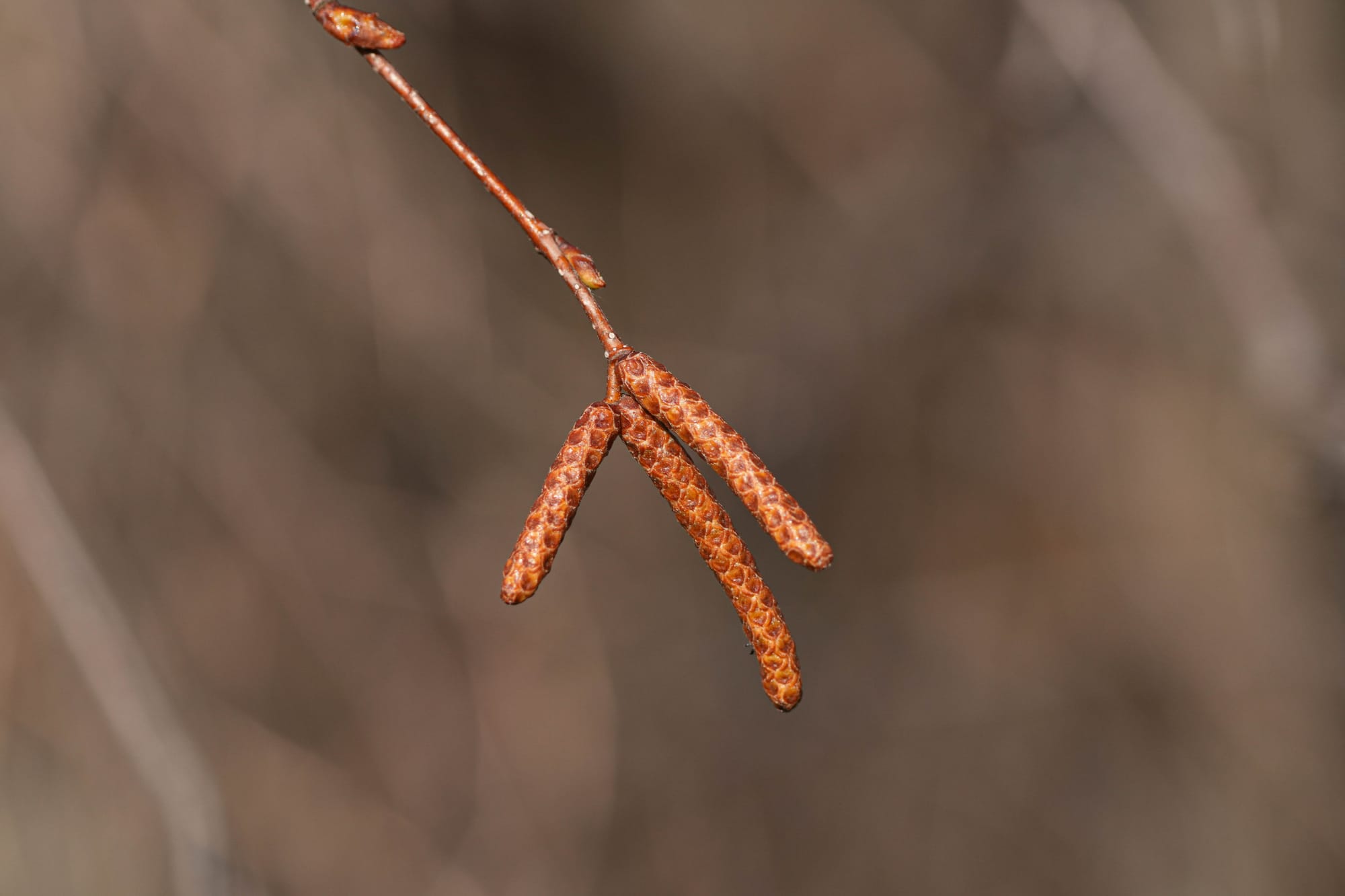
While redpolls are probably the week's most notable observation, this is also the time of year when catkins are popping out everywhere around the valley. Catkins are the distinctive male flowers that we see on trees like birch, aspen, alder, and willow.
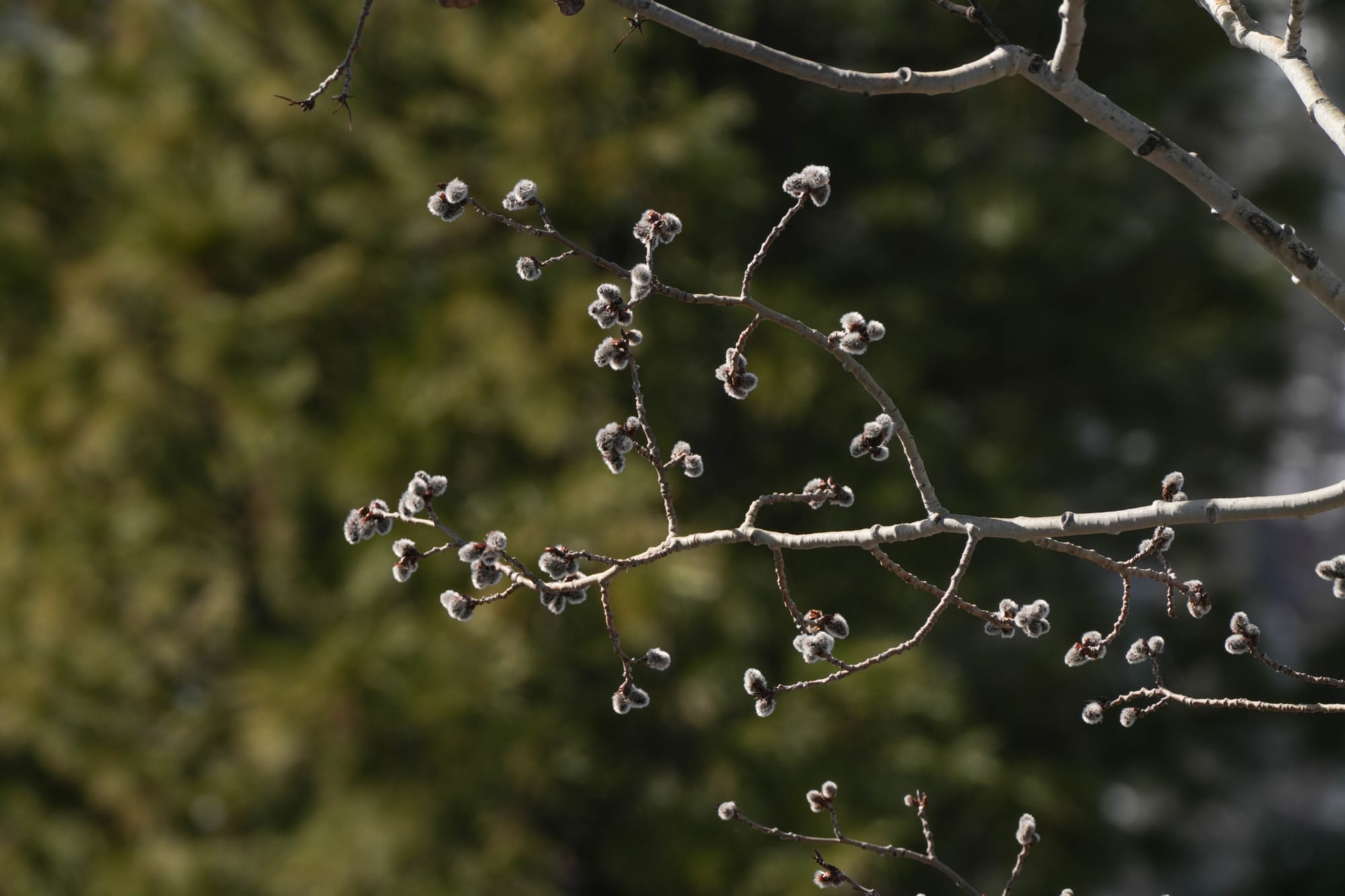
Catkins are especially conspicuous because they emerge before leaves do, and there's a reason why trees do this. The goal of male catkins is to deliver pollen to female cones, but pollen is dispersed by air currents. Trees want their pollen to be carried freely by the wind, and leaves get in the way by blocking the free movement of air.
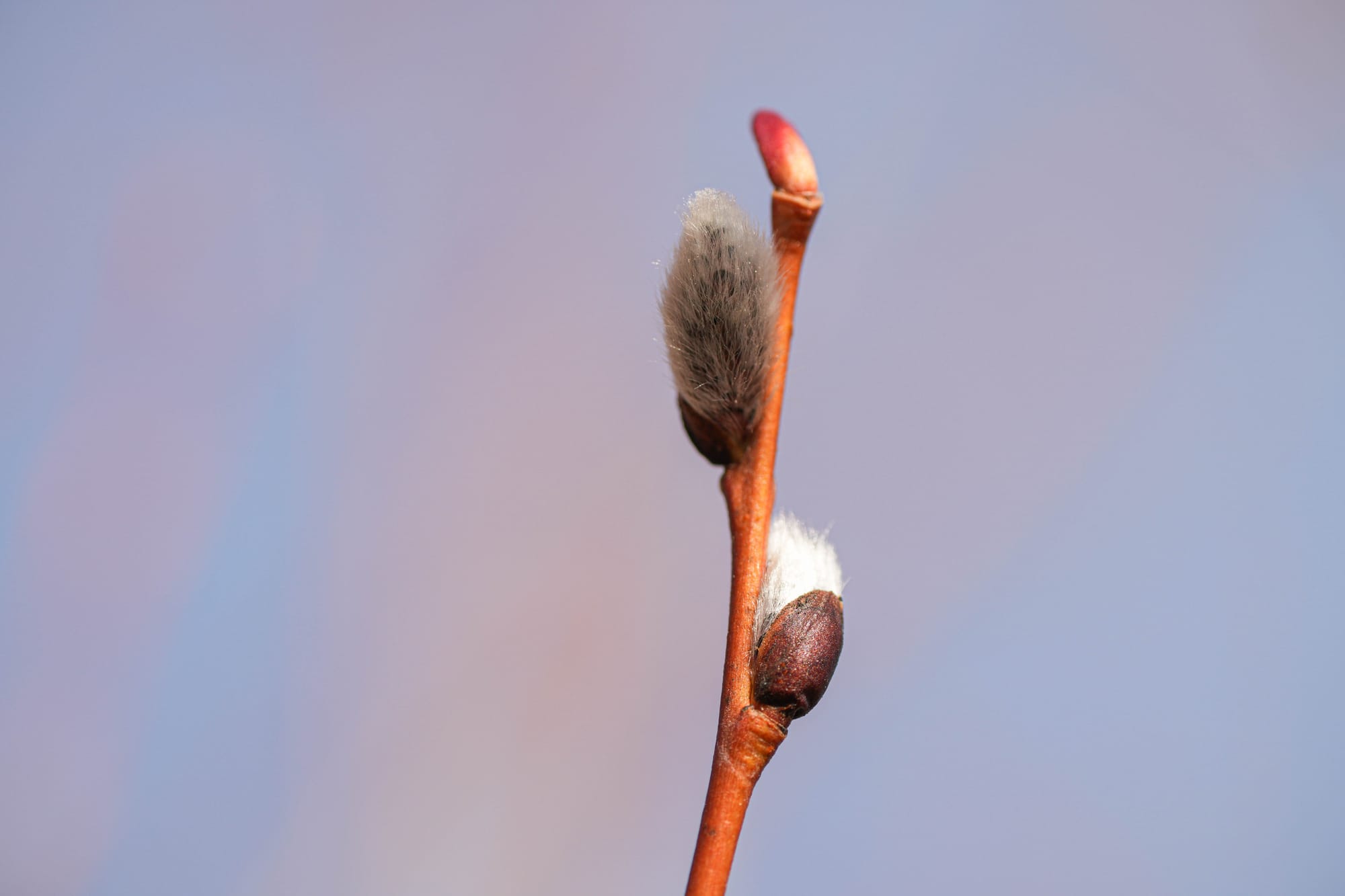
Male flowers are very short-lived because they have only one function, which is to disperse pollen. Once they dump their load of pollen they wither and fall, and all we'll see left behind are developing female cones.
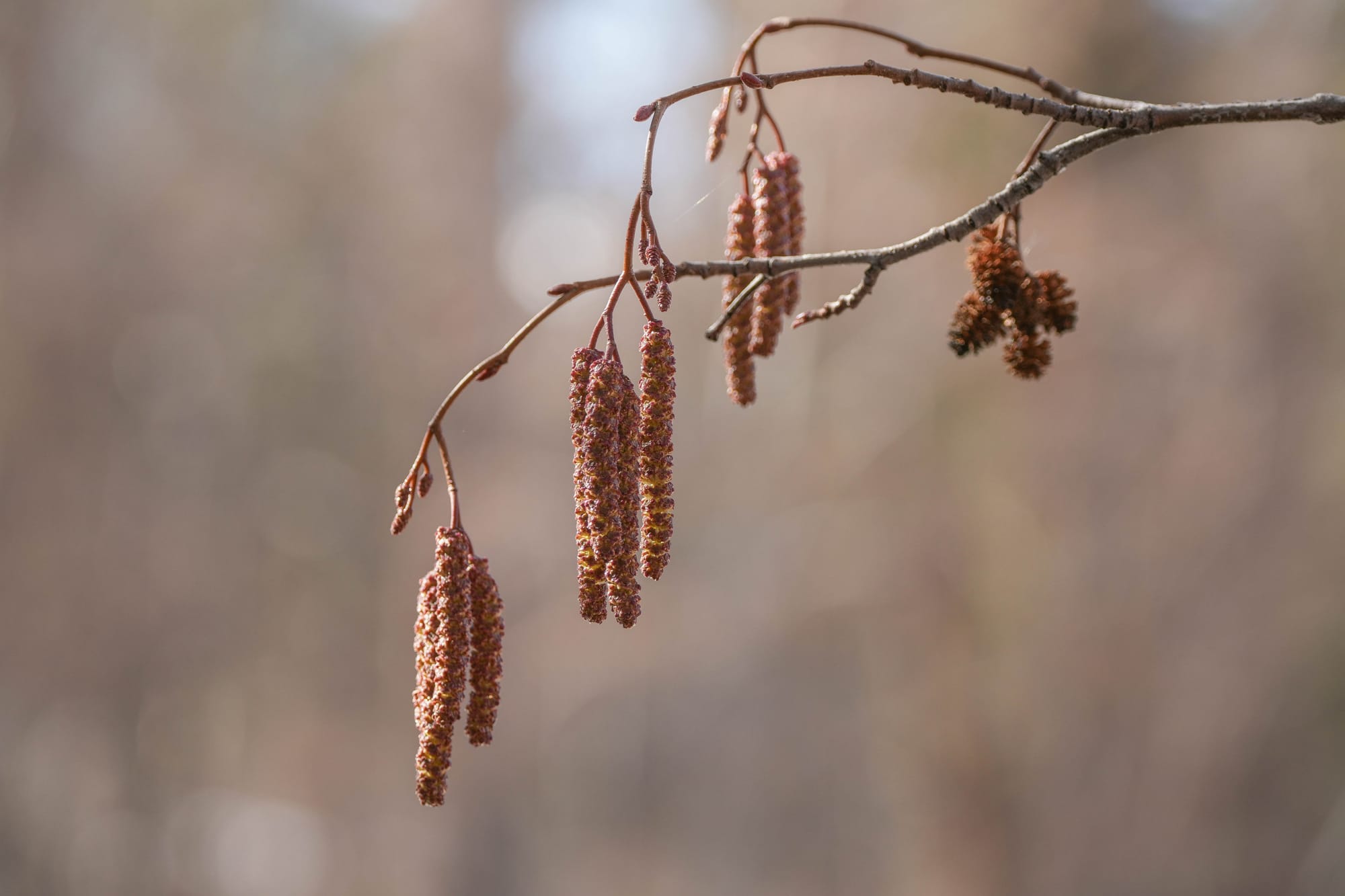
A Couple Videos
This video I made a couple years ago has some interesting facts about sagebrush buttercup.
Within the next couple days, the ice on Twin Lakes should begin melting like this, especially if the wind comes up. (Notice that this is happening a month earlier this year!!!)

